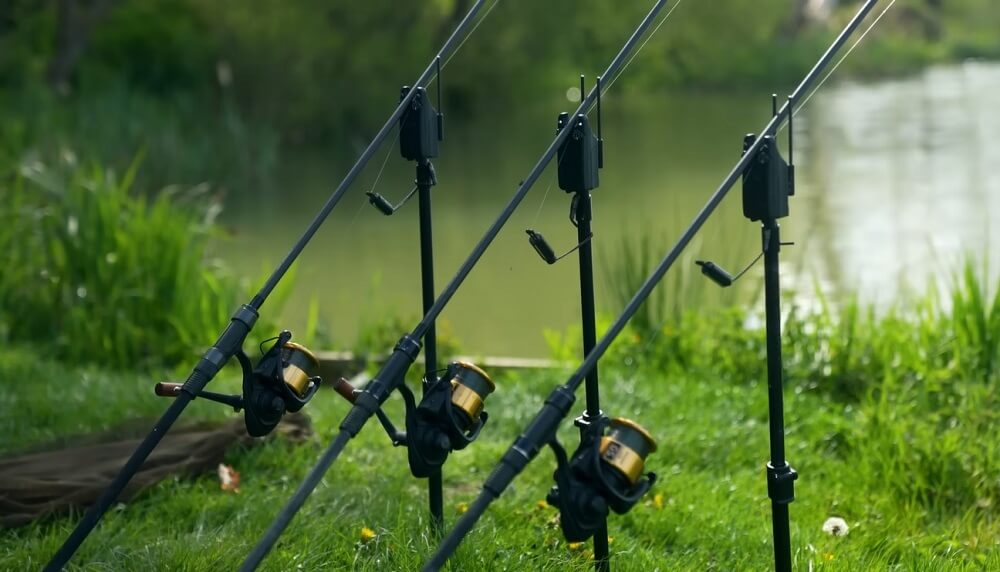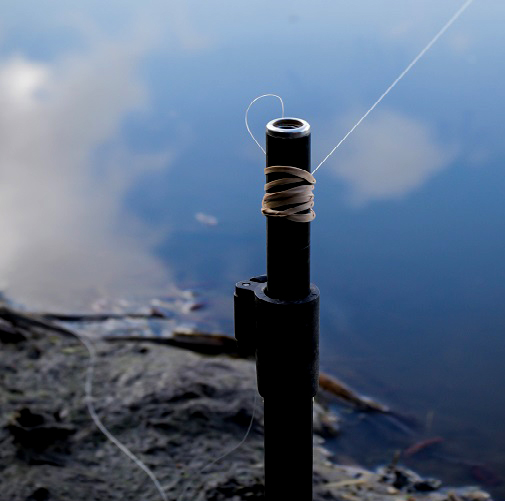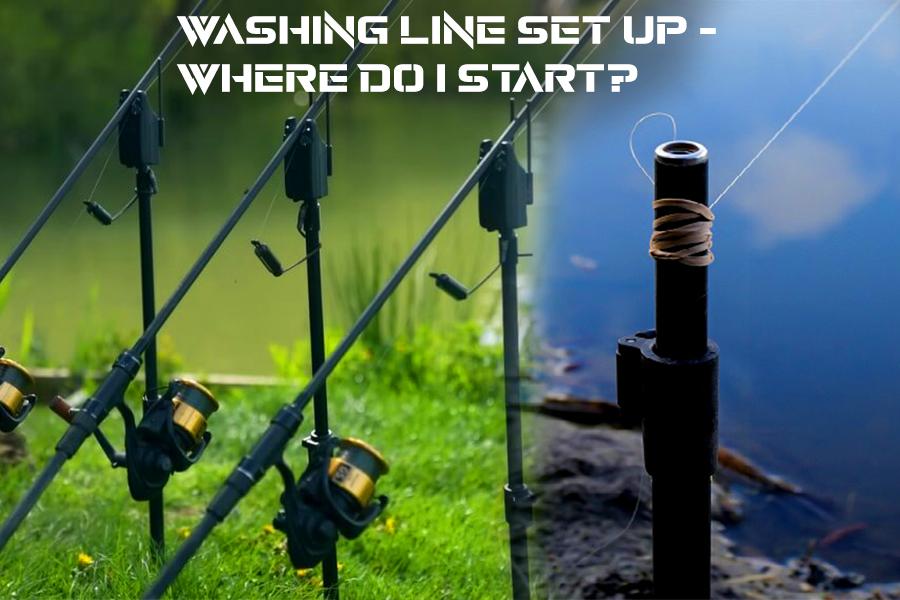The Washing Line - Fish Margins More Effectively!
Margin fishing is one of the best ways to catch carp, right in the edge next to where they feel safe. Most anglers will just cast a rig on that spot and fish like you ussualy would with the line running through the water. This still catches carp and there is nothing wrong about doing this, but there is a much more effective way to fish margins which would be a washing line rig
What is a Washing Line Setup?
With the Washing line, you keep a majority of your line out of the water. This is a massive edge for your margin fishing as less fish are going to spook of your line. This can seem confusing at first but once you try it you will realise it is actually very simple and works a lot more effectively. There are some key products which you need for a washing line rig being a bankstick, a rubber band or if not that a bobbin which grips your line (like the Korda Stows) and a butt rest to hold the bobbin.
How Do I use a Washing Line?
This process should hopefully make this set-up seem a lot more straight foward. The first step is to cast your lead or walk it round to the bank next to the margin you are fishing. Make sure to keep your bailarm open so that you can access more line off the spool easily enough when setting this up. Once your lead is on the bank, walk round with your rig, bank stick, bobbin or rubber band and some bait.
Once you are by your lead you want to attach your rig to your lead before placing the rig in the margin. If you have one, a baiting pole like the Bushwacker is perfect for this. You can place your rig accuratley with bait as well on your spot and you can get your rig slightly further in the margin than you would hand placing a rig. This just gives you more options with your fishing and can result in having your rig on a more presentable spot.
When you are placing your rig, it is super important that you are keeping hold of your mainline with the other hand. You want to make sure the line can travel through your hand so that you are not moving your rig when it has landed. Also to fish a washing line effectively the line must be slack from the bankstick to the rig.
Once you have dropped your rig you want to attach your mainline to the bank stick with the bobbin or rubber band. When attaching your line to a rubber band, attach a loop of the line to the band so that the line from the rod stays tight but the line from the rig stays slack.

After this you want to walk back to your rod and get the line from the rod nice and tight to the bank stick. Keep your tip high so that the line does not trail in the water. If your line is trailing in the water, your line could seperate from the bankstick from the current or tow of the water. Make sure that you are using a bobbin with some weight, the bite you will recieve will be a drop back bite as the fish will pull the line off of the bank stick which will make your line slack.
Make sure that your clutch on your reel is tight, as when that bite comes, you want to get in contact with the fish as quick as possible.

Why Should I Fish a Washing Line?
This is a common question from anglers who have not tried it yet. There are some massive advantages as explained below.
Less Bird Trouble: The line which is out the water will spook birds from your spot. This means that you have no birds on your bait which will give you a better chance of a bite from a carp.
Less Line in The Water: Carp aren't stupid, they know when they are being fished for. Less line in the water makes them feel safer meaning they will be more confident when visiting your spot!
Aerators: Fishing a margin near to an aerator is going to give you problems with your line lay. With a washing line keeping your line out the water this going to make sure your rig is always presented and eliminates your line constantly tightening from the current given by the aerator.
When Should I Not Fish a Washing Line / Things to Consider
Snags: When fishing close to snags, a washing line is not the best unless you are sat litteraly next to your rods. The slack line from the bite will give the fish room to move into the snag. This can cost you a fish and also can be dangerous for the fish.
Distance: When fishing a long way out, make sure the rod is pointed up even further. This will make sure the line stays above the water to where the bank stick is positioned. The method you use to grip the line in place on the bankstick must be able to withstand the line being under more pressure. It is worth using a twig to put inside the loop. This will stop the line from propping out the clip if a bird was to hit the line and from the general weight of the line. It is surprising how heavy the line is when you are fishing over 100yds.

